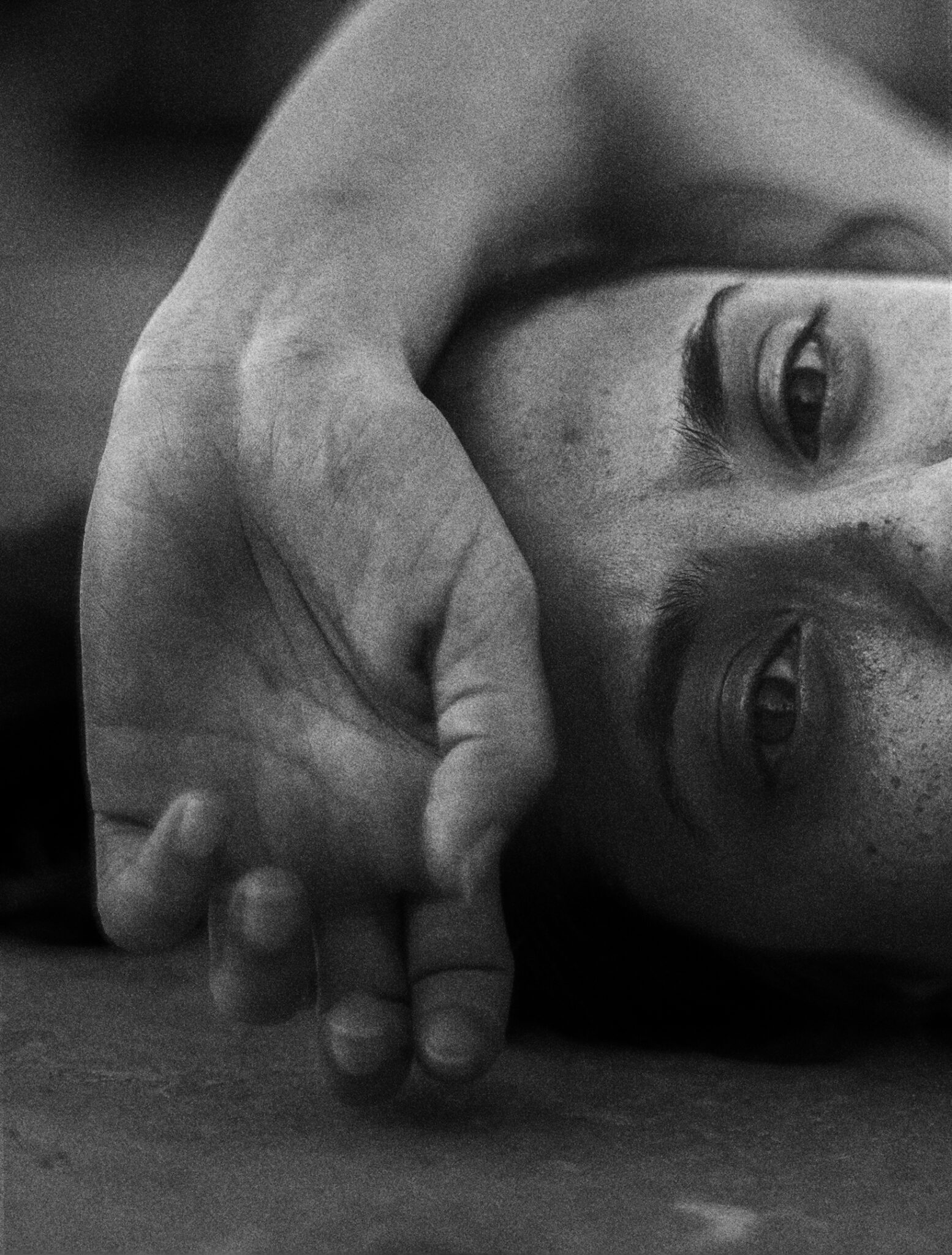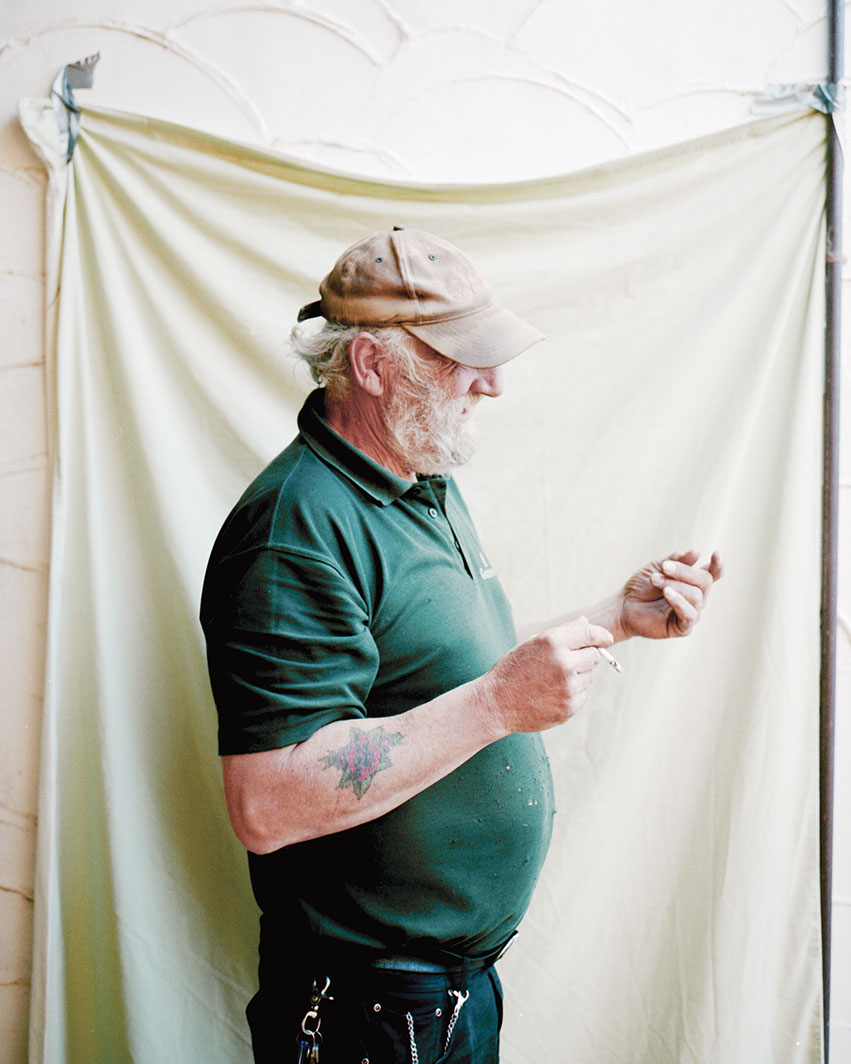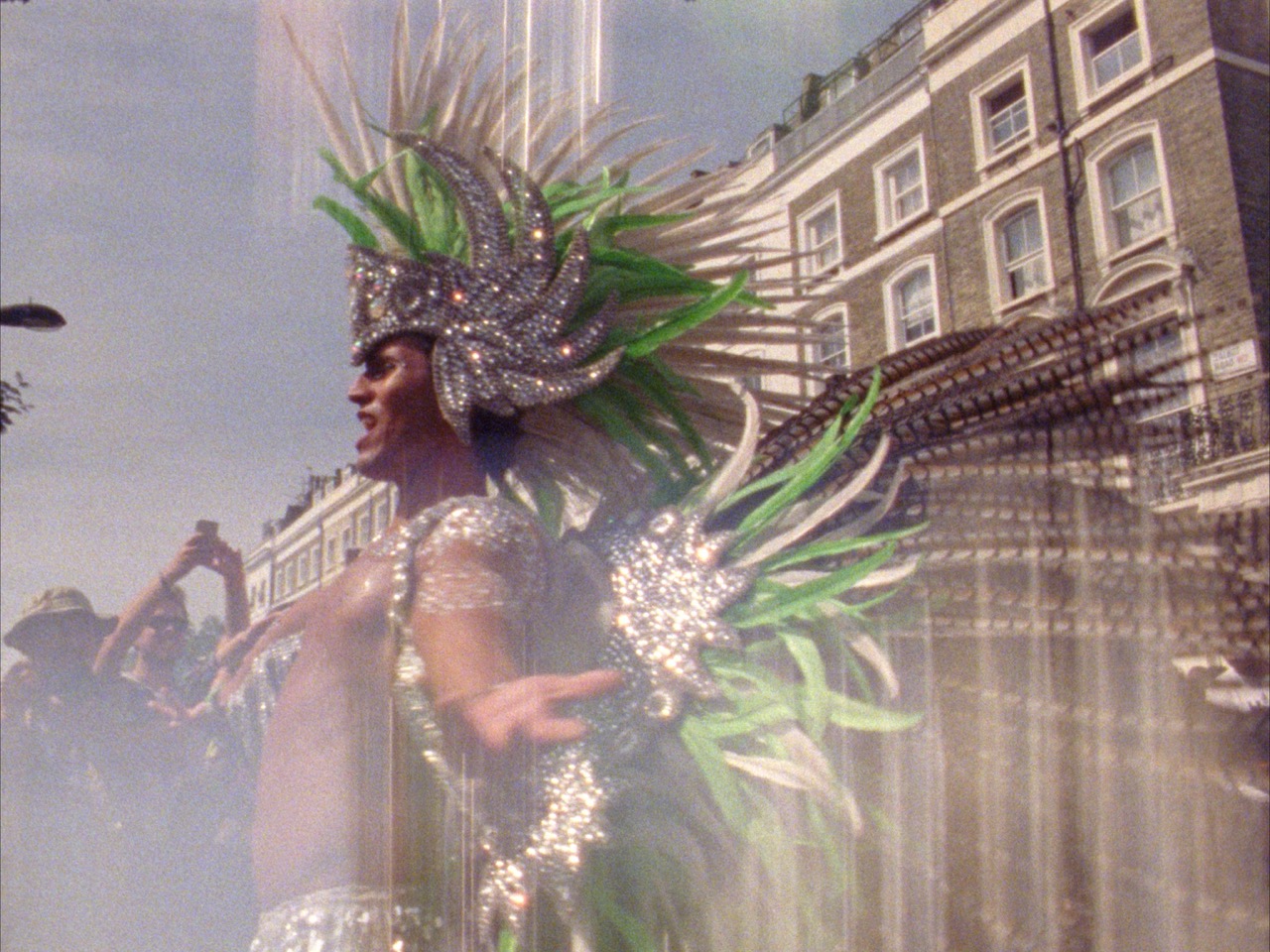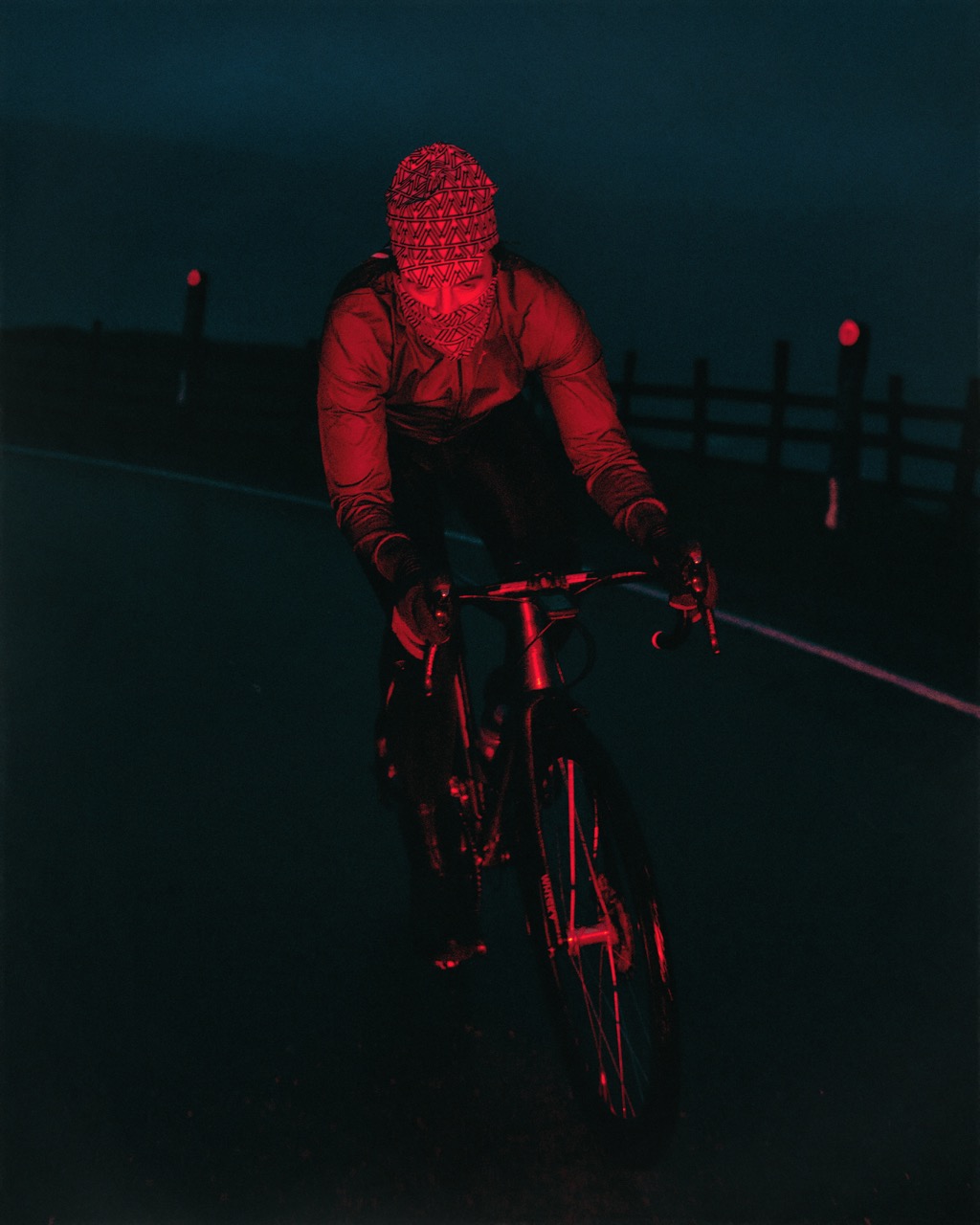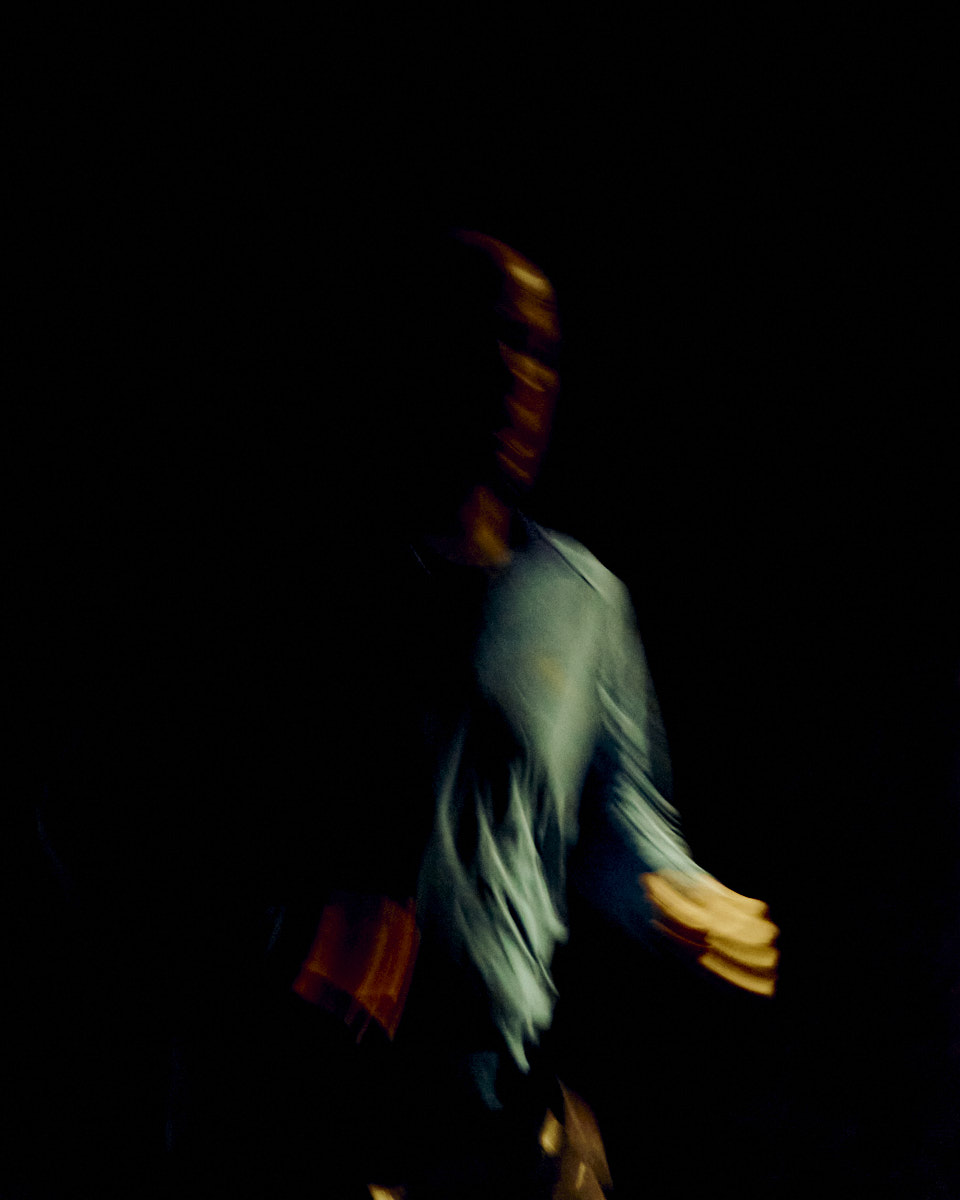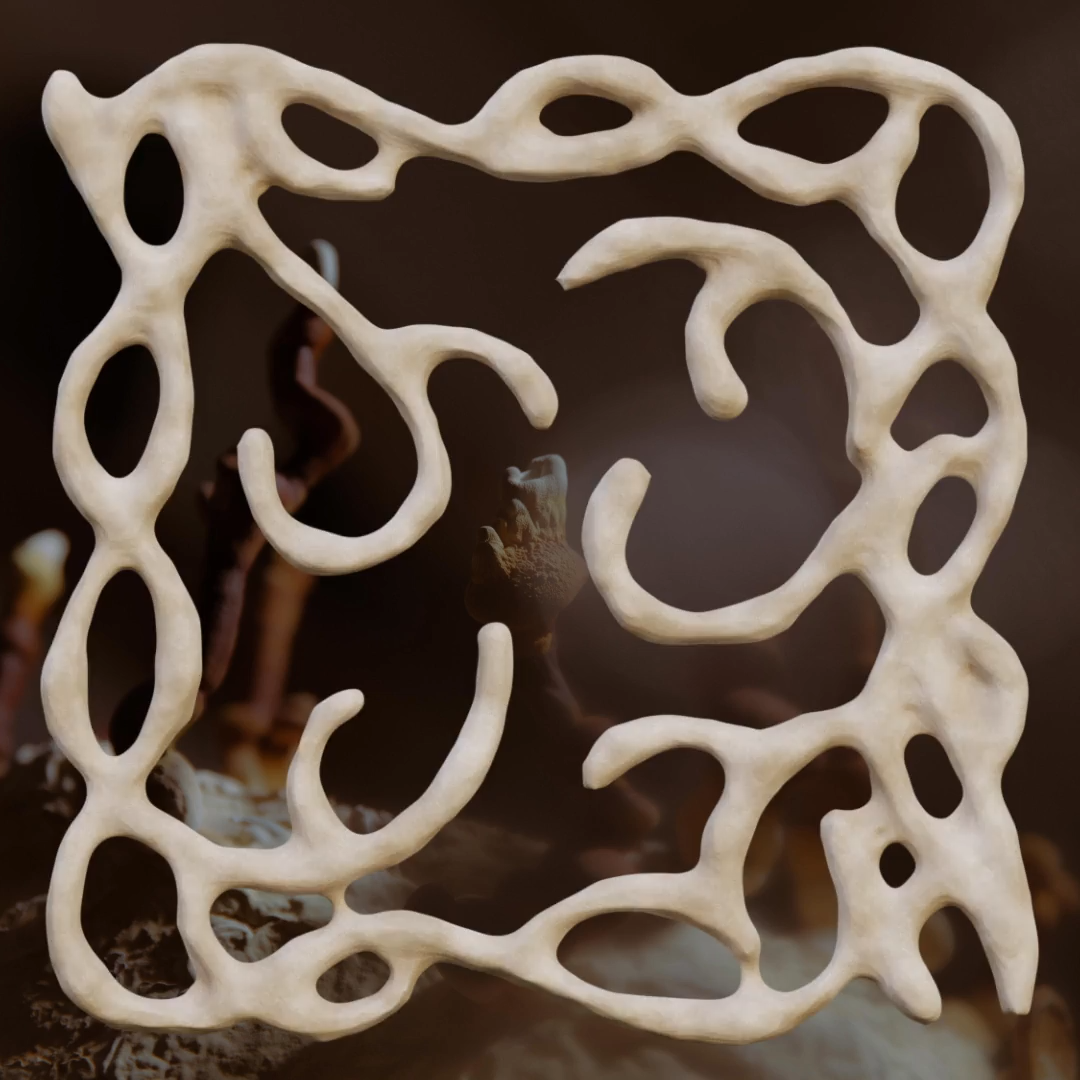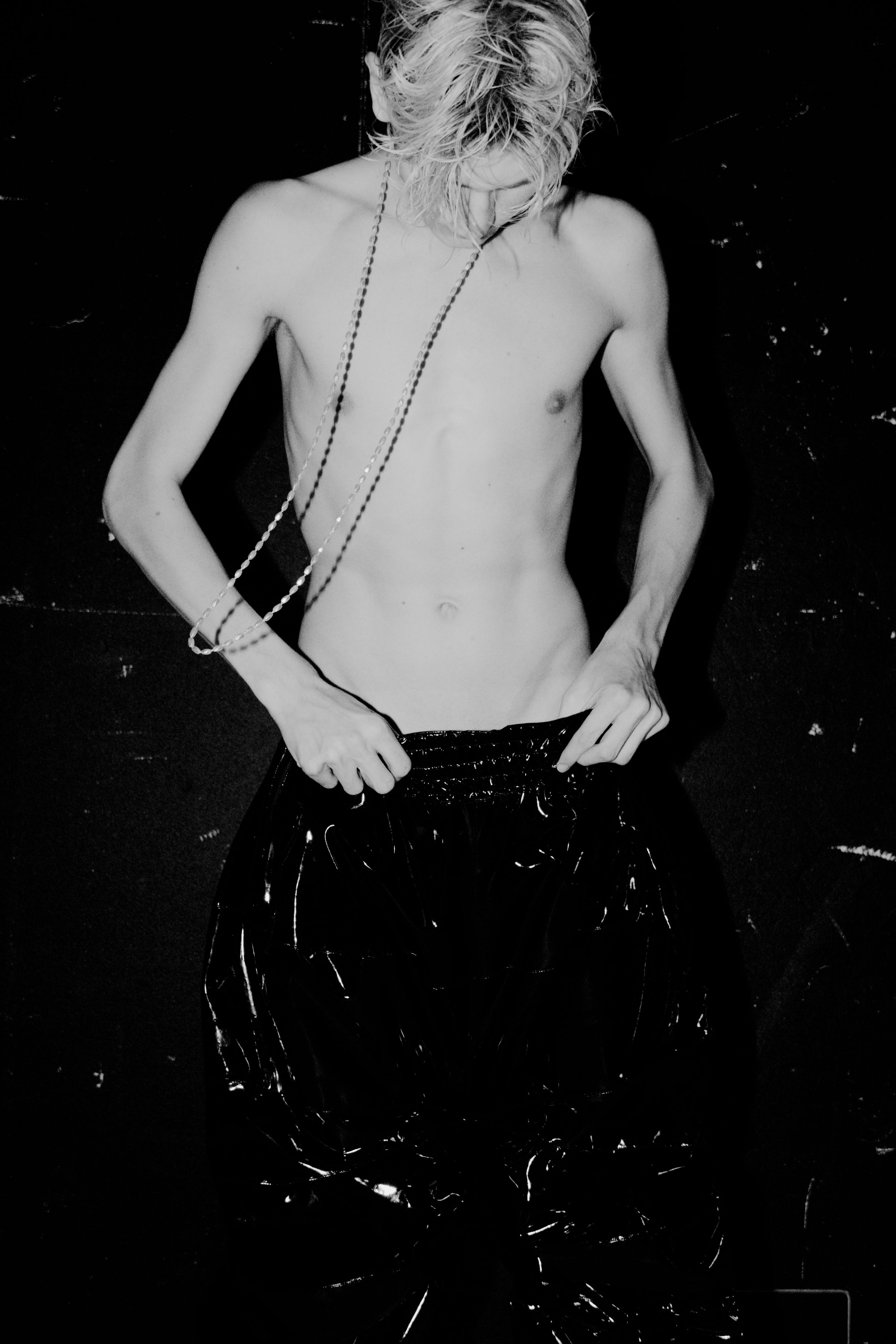In cooperation with Berlin Clubcommission the berlinHistory app shows a new layer of Berlin's rich club history. With a selection of closed clubs and venues from the last six decades, the club history map highlights locations that have been lost forever to Berlin culture.
Berlin’s closed clubs bear witness to the continually changing city, in which independent culture and self-organised structures had no lobby. These historical sites document the changes in our neighbourhoods, but also major political developments such as the division of East and West Berlin, which brought up very different club cultures on both sides of the Wall. They stand for the everchanging Zeitgeist and symbolise societal change like the gay liberation movement of the 70s, to which we owe many important locations of the Berlin club culture today.
In more recent history, closed clubs serve as memorials. They represent the creative will of the Berlin underground scene, which brought about places like WMF, Bar25, Ufo, or Planet in a kind of creative appropriation of the city. They also remind us, however, of the different interests of the growing population of the city, which are often realised at the expense of alternative, non-commercialised places. The closing of every single location is an irreplaceable loss for the Berlin club scene.


Since the 2000s there has been a phenomenon, often referred to as Clubsterben (literally Club death), that has become more and more apparent. Encroaching housing development and gentrification processes have become a danger to the Berlin club culture. Despite a high demand from the audience, one of a kind programmes and viable business models, operators have no choice but to give up their sites, ones that have been established for years or decades. The search for alternative places is often difficult and has forced several to completely give up their operations. Clubs in inner-city locations are particularly affected, which increasingly leads to the displacement of the club scene to the outskirts of the city. An important goal of the project was therefore to make these displacement processes comprehensible.
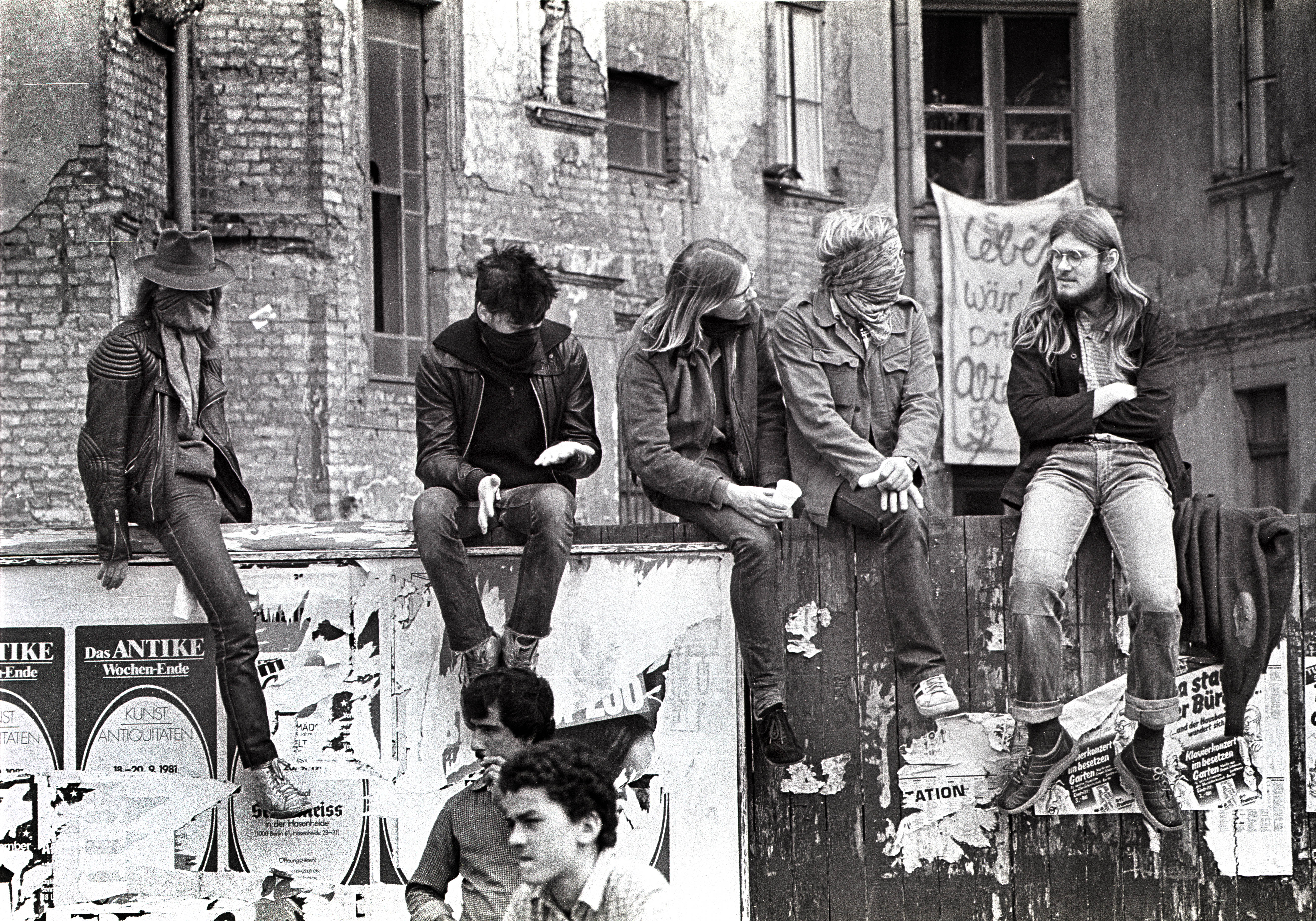

The map on the history of Berlin clubs is now available in the berlinHistory app and presents a selection of more than 80 locations from over 60 years of Berlin club history. Pictures, videos and quotes, information about the clubs' origins, development and significance for Berlin's club scene, immortalise these closed clubs. To a large extent, the reason why these locations had to close and the subsequent use of the spaces could also be traced. In addition, users can submit information on yet unlisted Berlin clubs.
